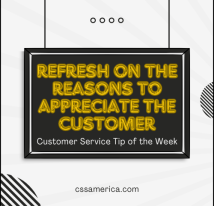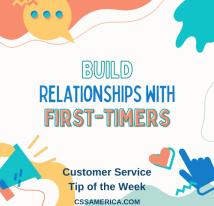
Jennie was under fire. She was the first line of defense – the front-line worker in the software firm. She didn’t make the software. She didn’t cause it to have errors. She wasn’t the one apparently avoiding the biggest customer’s calls.
Yet, here she was – dealing with the issue, the anger, the emotion of the customer, and it was truly NOT her fault.
This is when you could have one of a number of urges – you can argue, you can ameliorate (an underrated word!), you can obfuscate (nice SAT word!), you can empathize, or you can throw your co-worker or company “under the bus.”
This is the time to hold back on that last urge – don’t take down a co-worker to take down the customer’s emotion. This is when that phrase “you have to be the bigger person” comes into play. The best response to a customer situation is not always what we’d prefer to do. The best response is often not the easiest. The best response isn’t always painless in the short-term.
The best response – when it’s truly not your fault – starts before you get into the technique, the wording, the engagement with the customer. The best response starts before you respond to them – it starts with how you decide to handle yourself.
It’s a matter of having the conscious thought that “It’s not about me. Let me do what’s best for the customer and the company. Let me focus on others – not focusing on who’s to blame (or not to blame, in this case).”
It’s a mindset and a realization that – yes – you have to be the bigger person.
Thanks for what you do as a customer service representative of your organization.
And thanks for what you don’t do – namely throwing your co-worker “under the bus.”
Signup for FREE Tips! Contact Us More Resources for You Visit Our Home Page























